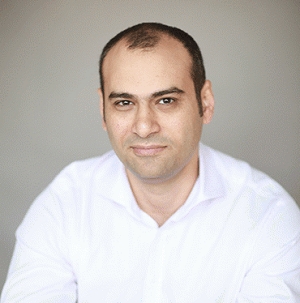Breast surgery is one of the most demanded surgeries in aesthetic medicine. Operations to increase or lift the breast are often performed, surgeons have a lot of proven methods for their implementation, but they always remember that mammoplasty, like any other surgical operation, can have complications. Even if the doctor performed mammoplasty, scrupulously following the methodology and observing all antiseptic measures, there is always the possibility of an adverse reaction of the patient's body to surgical intervention. About some of the possible complications after mammoplasty – read the expert's opinion on Estet-portal.com.
 Possible complications arising from breast plastic surgery can be divided into those that occur quite rarely and those that plastic surgeons encounter quite often.
Possible complications arising from breast plastic surgery can be divided into those that occur quite rarely and those that plastic surgeons encounter quite often.
Hematoma and seroma: what are the dangers of these possible complications
Rare possible complications include hematoma and seroma. A hematoma is an accumulation of blood around an implant, and a seroma – accumulation of serous fluid. The appearance of a hematoma may be associated with increased bleeding in the first days after surgery, although sometimes it may occur later – as a result of a chest injury. Seroma develops due to the accumulation of fluid that has leaked from damaged small lymphatic vessels. Both of these complications require timely drainage.
The danger of seroma and hematoma is that in the ducts of the mammary gland there may be microorganisms that can, getting into this accumulation of blood or serous fluid, cause infection and suppuration in the area of the implant bed. With the development of such an infection, the patient requires the appointment of antibiotic therapy. Sometimes infection is asymptomatic, but still causes inflammation and fibrosis of the implant capsule.
Fibrous and capsular contracture: more frequent possible complications
Fibrous contracture of the implant capsule – more common complication after breast augmentation. The reasons for its development have not yet been precisely established. It is assumed that the implant, as an introduced foreign body, causes an inflammatory response in the body. Macrophages accumulate in the surrounding tissues and, merging, form giant multinucleated cells. At the same time, cytokines are released that stimulate the reproduction of fibroblasts and increased production of collagen fibers. As a result of this process, a connective tissue capsule gradually forms around the breast implant. It does not affect the implant, does not change its shape, and most often is not even felt by patients.
But sometimes the fibrous capsule can thicken, thicken, it becomes calcified, and the capsule begins to squeeze the breast implant and deform it. This complication is called capsular contracture. With the first and second degrees of capsular contracture, the breast is still soft, but the contours of the implant are determined by palpation. The third degree of complication – the implant is deformed, and this is already well defined visually. In the fourth stage, capsular contracture causes severe compression of the mammary gland, it becomes tense and painful. In this case, the implant usually needs to be removed. The use of textured breast implants significantly reduces the risk of capsular contracture.
More details about complications after breast plastic surgery and methods of their correction can be found here: http://cosmetic-clinic.ru







Add a comment